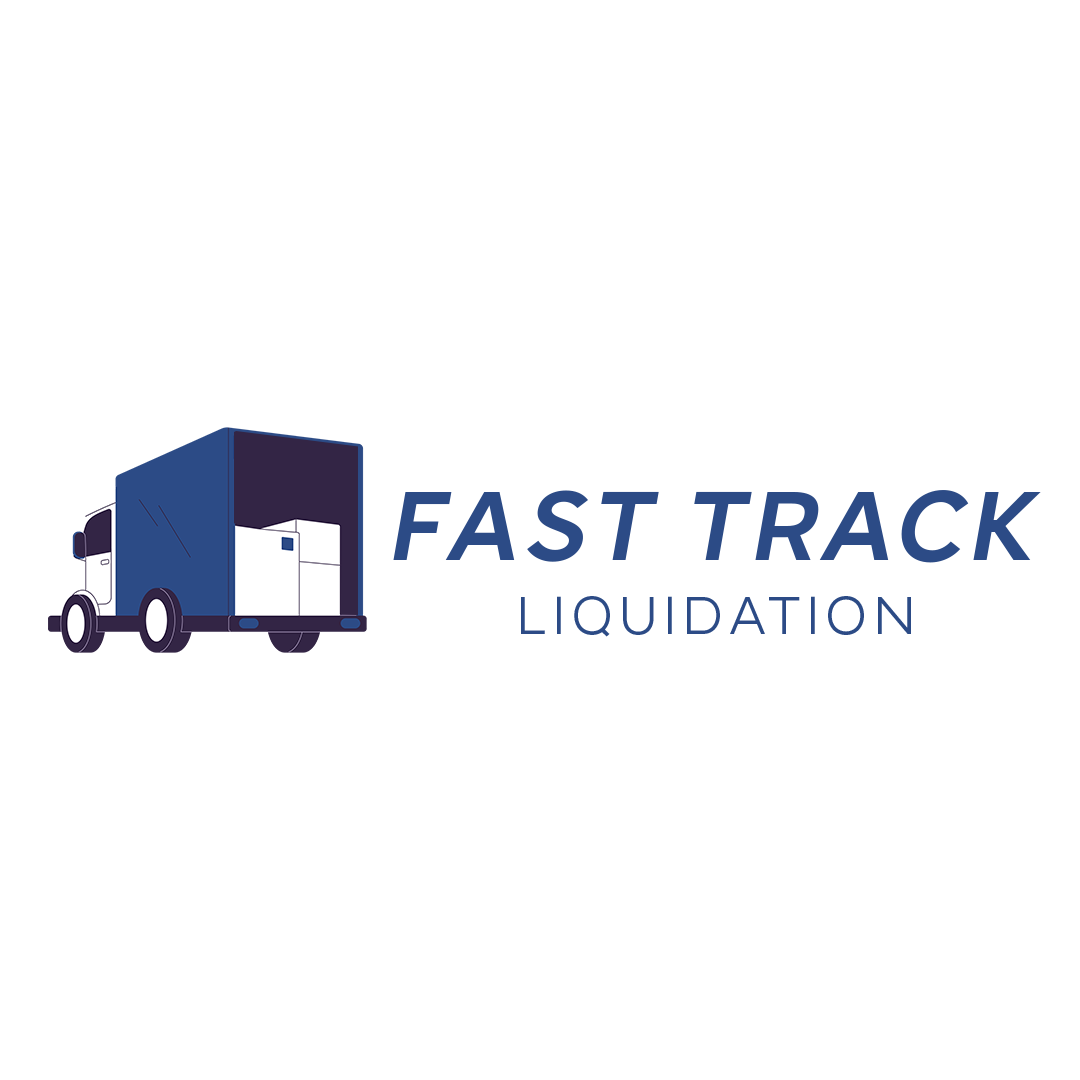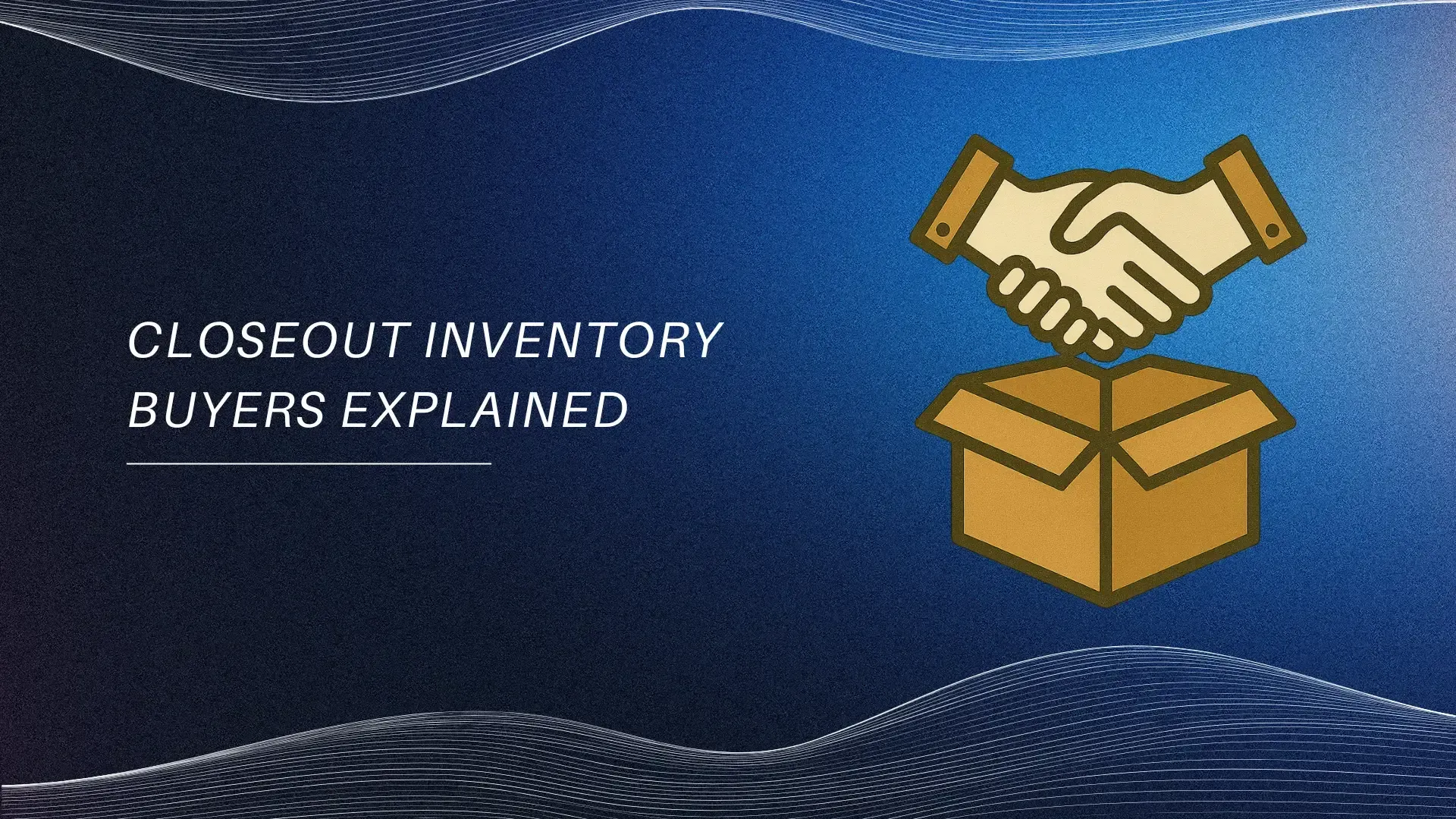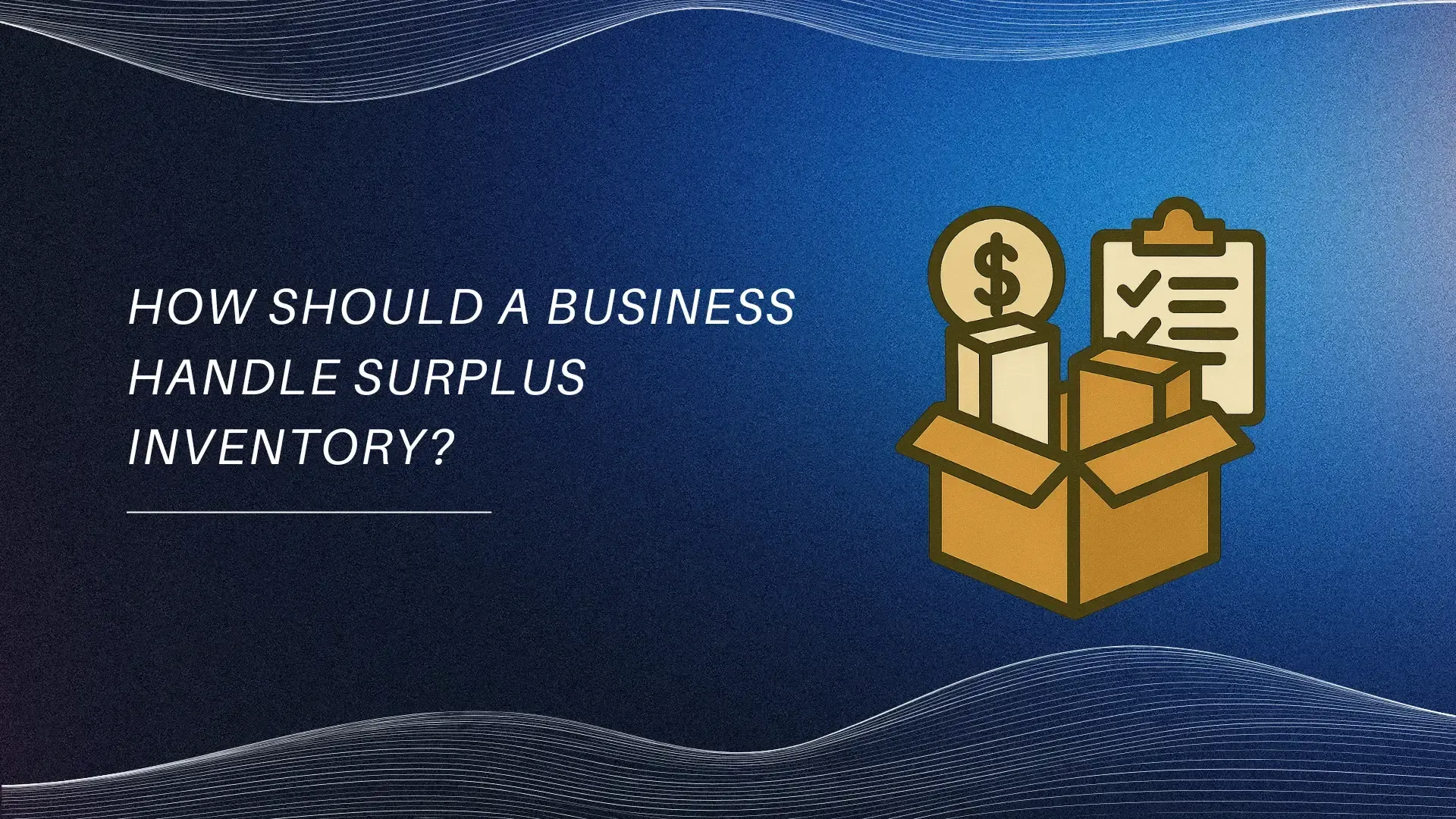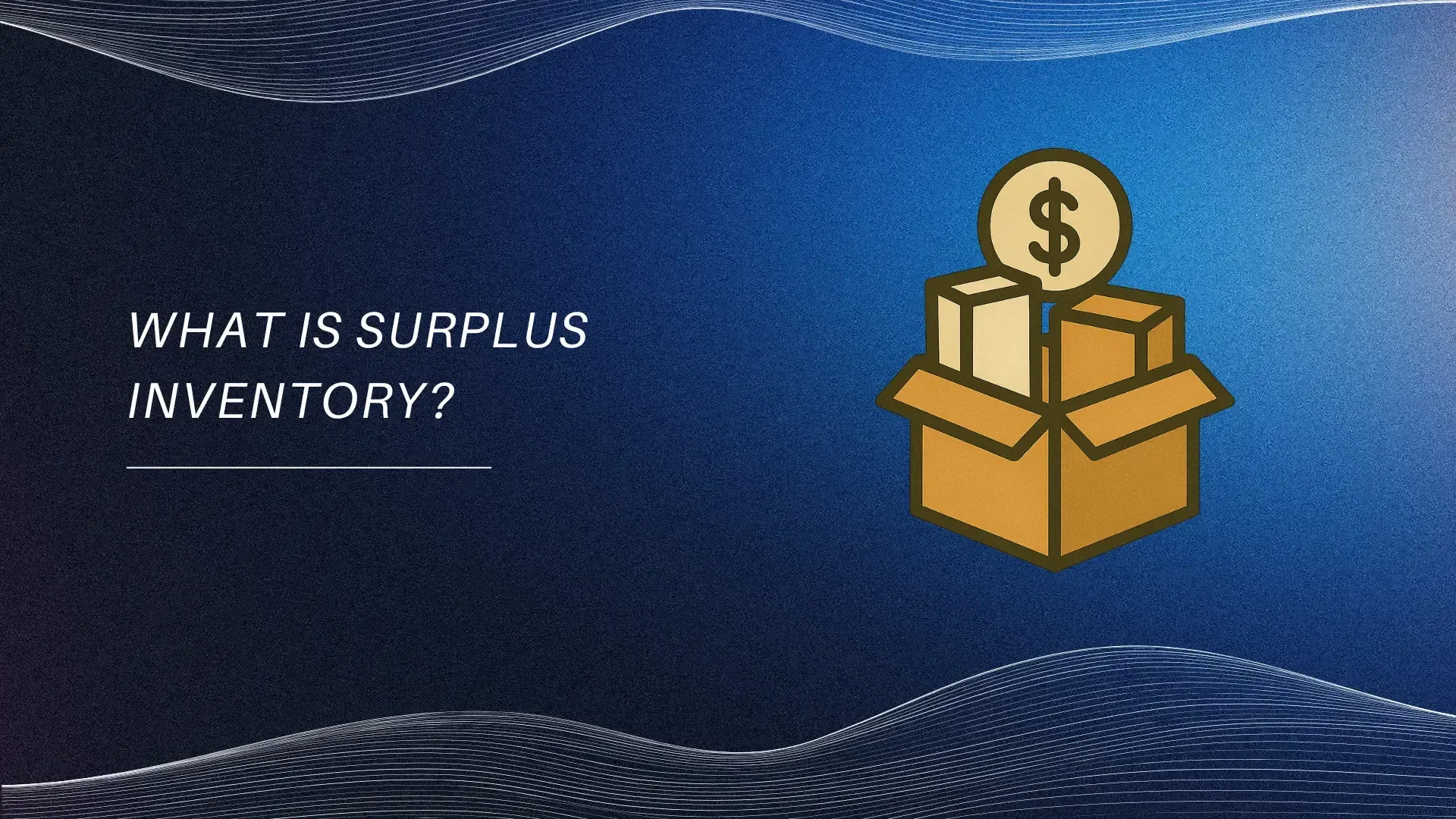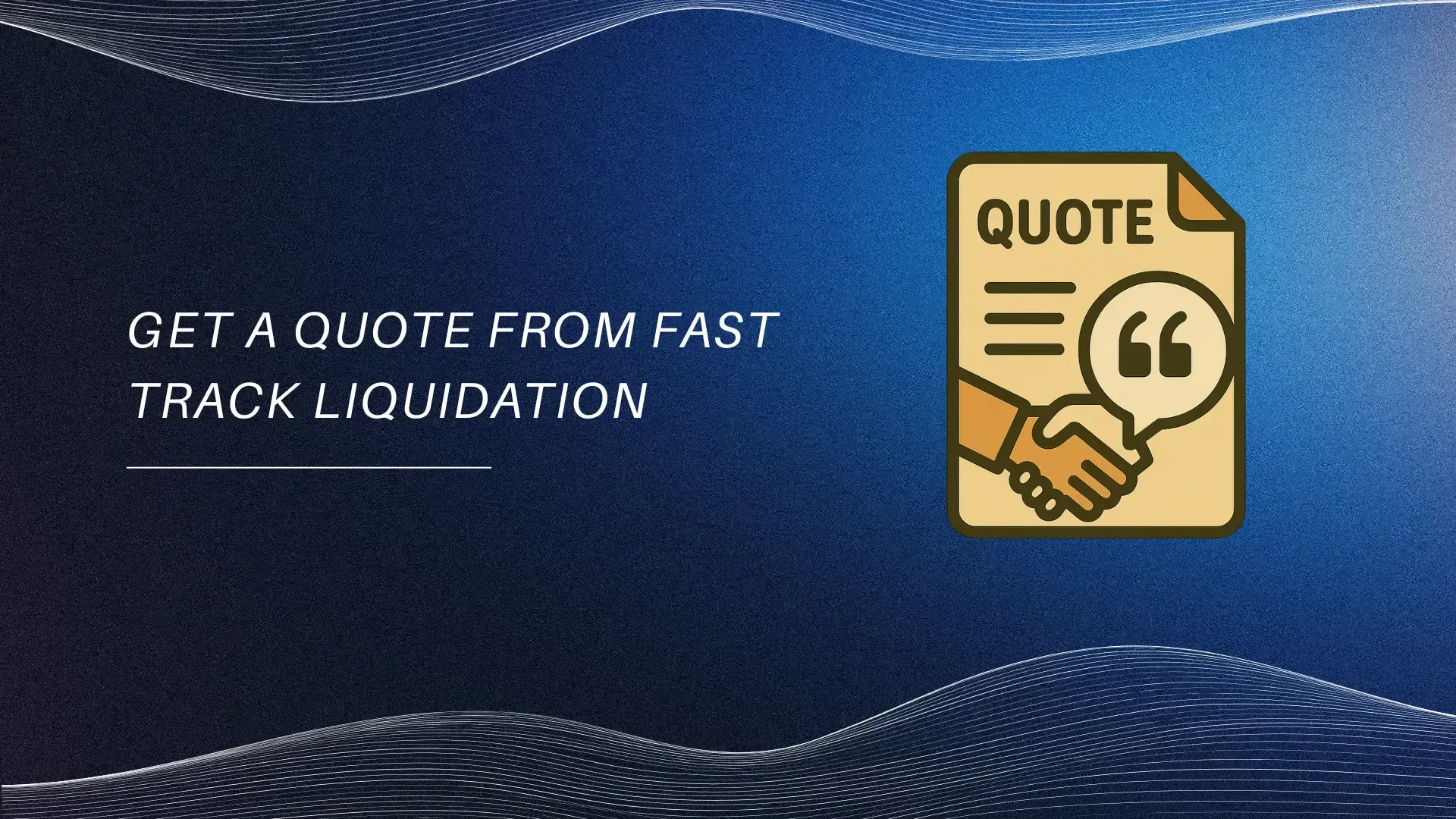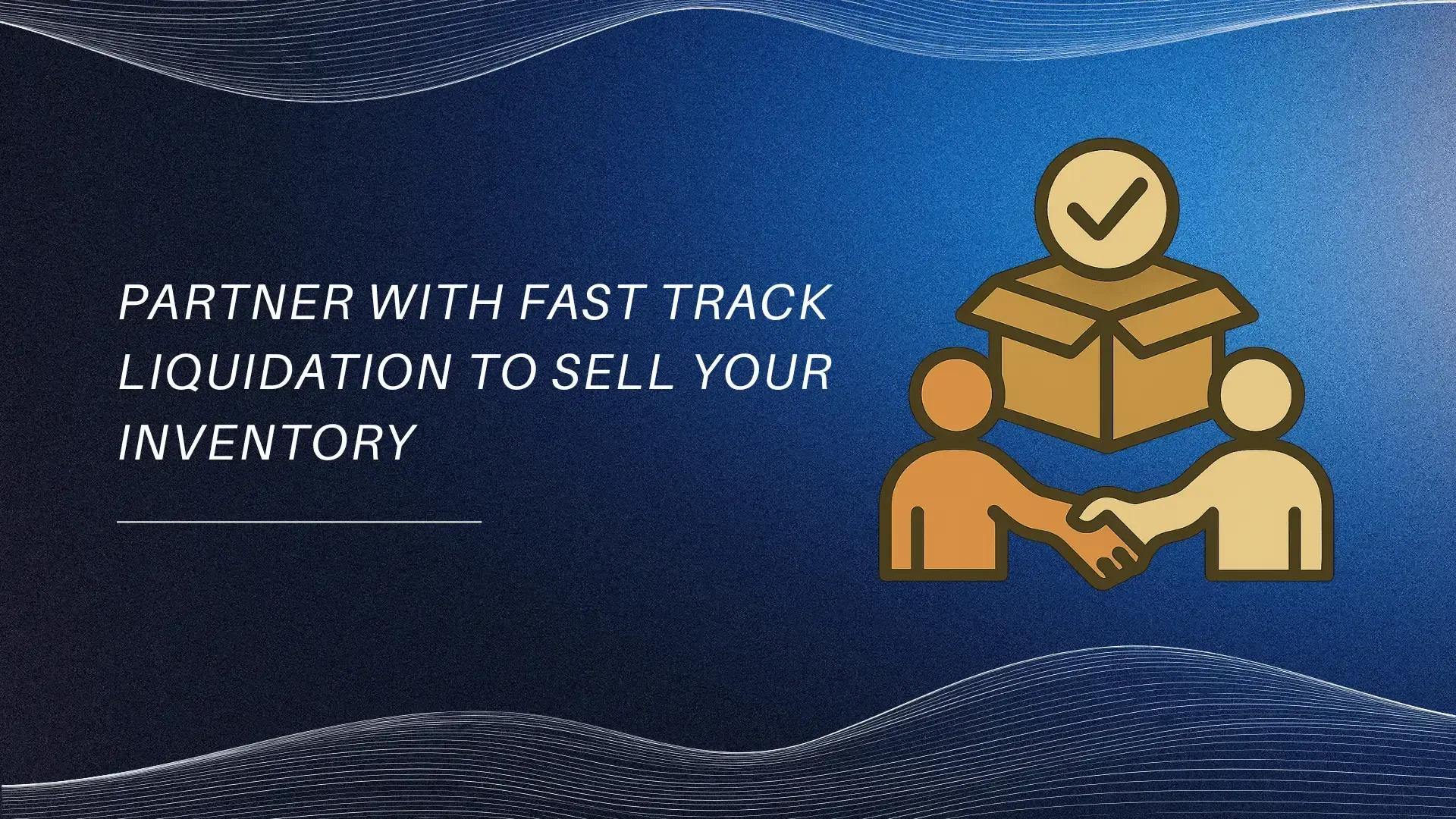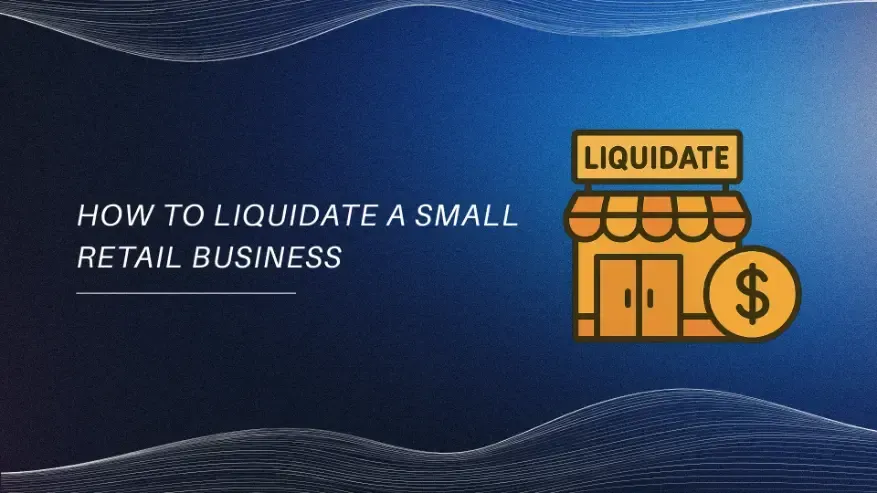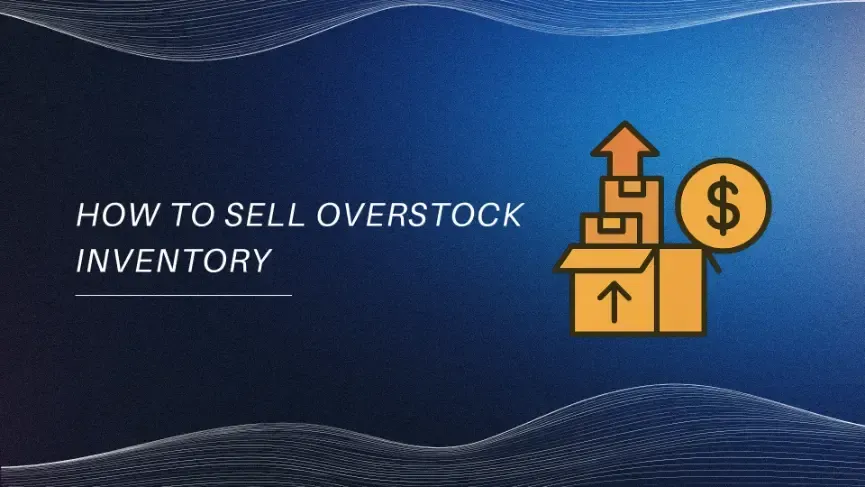How Does Amazon Liquidation Work? A Comprehensive Guide for Savvy Sellers and Resellers
June 26, 2025
As an e-commerce business owner, particularly in the Amazon ecosystem, you understand that managing inventory is a constant balancing act. The journey of a product doesn't always end with a successful sale; returns, overstock, and seasonal shifts are integral parts of the retail landscape. These realities can significantly impact your bottom line and operational efficiency if not managed proactively. This is precisely where the strategic significance of Amazon liquidation becomes evident—a critical, yet often underutilized, tool for maximizing value from your inventory.
Understanding the Dynamics of Amazon Liquidation
The sheer scale of Amazon's operations means that managing returned and excess inventory is a monumental task, both for the platform itself and for its vast network of third-party sellers. This is not merely a logistical challenge; it carries substantial financial implications.
The Unavoidable Reality of Returns
Let's begin by acknowledging the sheer volume of product returns in the e-commerce space. Amazon, as the leading online retailer, processes an astonishing amount of merchandise that customers send back. Current data for 2024-2025 reveals that Amazon handles approximately 1.2 to 1.5 billion returned packages annually. This volume represents an average return rate of 5% to 15% across most product categories. To put this into perspective, this translates into an estimated annual cost of returns for Amazon that ranges from a staggering $40 billion to $88 billion, encompassing reverse logistics, processing fees, and the depreciation of inventory value (Source: Red Stag Fulfillment, 2025 data). For any business, these figures underscore the necessity of robust return and liquidation strategies.
Defining Amazon Liquidation
At its core, Amazon liquidation is a formalized process designed to recover residual value from inventory that is no longer viable for traditional sales channels. This encompasses a range of scenarios: products that are overstocked, items that customers have returned, or even goods that have sustained minor damage. Through this structured mechanism, Amazon and its third-party sellers can mitigate financial losses by selling these products in bulk, often at a significant discount, to specialized liquidation buyers.
The Imperative for Liquidation
Why is liquidation not just an option, but a necessary component of modern retail?
- Mitigating Financial Drain: It directly addresses the problem of accumulating inventory, which incurs ongoing storage fees and the potential for obsolescence.
- Environmental Responsibility: In an era of increasing environmental consciousness, liquidation offers a sustainable alternative to simply disposing of products, aligning with circular economy principles.
- Operational Efficiency: It frees up valuable warehouse space, allowing sellers to focus on fast-moving, profitable inventory.
Who Benefits from the Liquidation Process
Understanding the stakeholders involved highlights the mutual advantages this system provides:
- Amazon Sellers: For you, the seller, liquidation offers a crucial avenue to recoup a portion of your initial investment. It helps you manage unfulfillable inventory effectively and avoid escalating storage costs.
- Liquidation Buyers and Resellers: These entrepreneurial individuals and businesses acquire valuable inventory at deeply discounted prices. This creates a foundation for new or expanded resale ventures, often leveraging different sales channels.
- End Consumers: Ultimately, consumers benefit from access to discounted products, which promotes affordability and extends the life cycle of goods that might otherwise be discarded.
The Amazon FBA Liquidations Program: A Seller's Strategic Imperative
For sellers utilizing Fulfillment by Amazon (FBA), the official FBA Liquidations Program is a structured pathway to manage unfulfillable inventory. It allows you to systematically recover capital from items that would otherwise continue to accrue storage costs or require expensive disposal.
Overview of the Program
This Amazon-managed program facilitates the sale of eligible FBA inventory to a network of contracted liquidation partners. Its primary purpose is to help sellers recover value from products categorized as customer-returned, overstocked, or otherwise designated as unfulfillable due to various reasons.
Eligibility Criteria for FBA Liquidation
Not all inventory automatically qualifies for this program. Sellers must ensure their products meet specific criteria, primarily related to the item's condition and category.
- Eligible Inventory: Typically includes items classified as customer-damaged, carrier-damaged, or defective unfulfillable units.
- Ineligible Inventory: Products such as dangerous goods, recalled items, expired goods, or items within categories requiring specific approvals are generally excluded. Additionally, sellers must maintain active VAT registration and be enrolled in Amazon's VAT Calculation Service where applicable.
The Seller's Step-by-Step Liquidation Process
Navigating the FBA Liquidations Program involves a clear, sequential process within your Seller Central account.
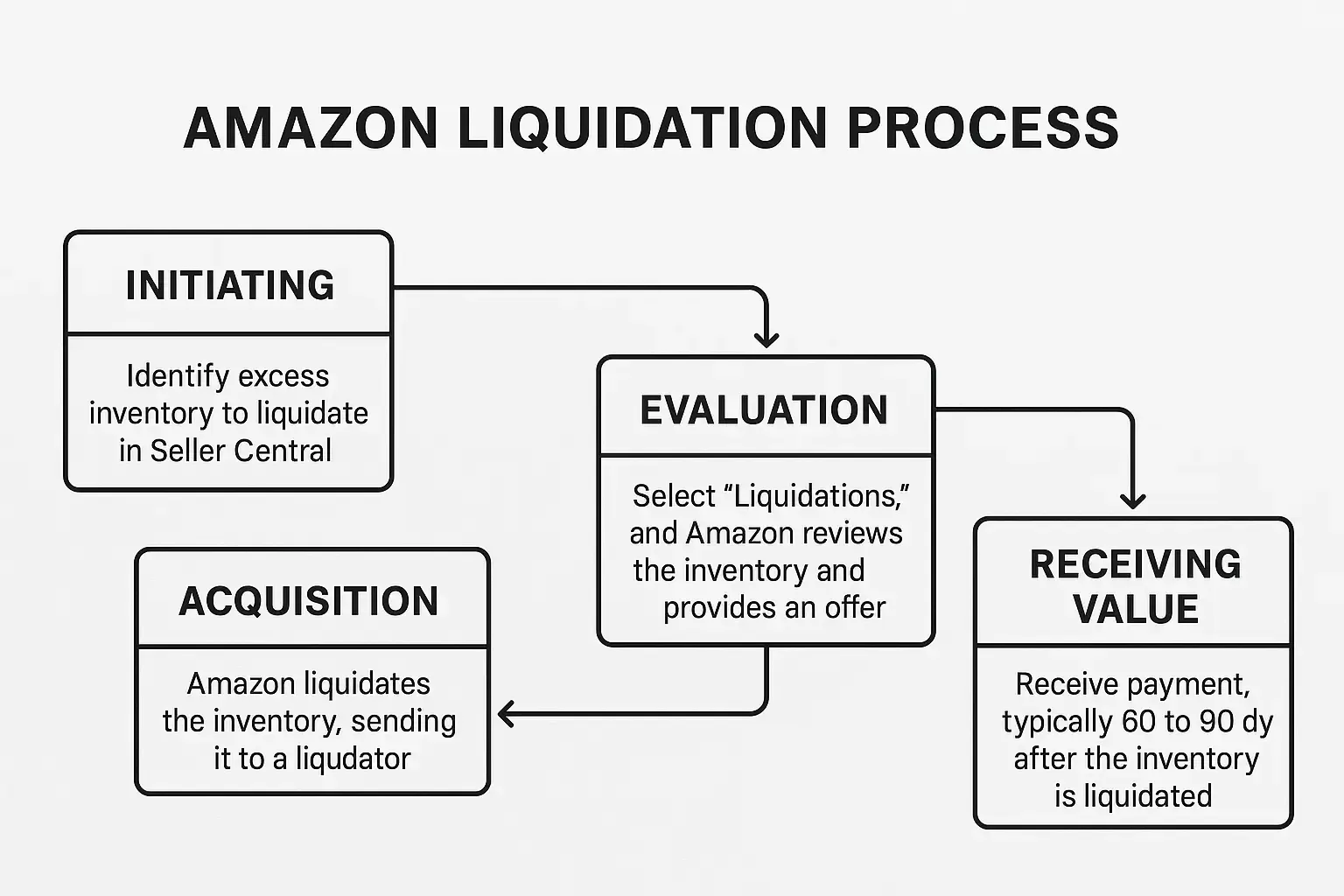
- Initiating a Liquidation Order: You can begin by navigating to "Manage Excess Inventory," "Inventory Age," or the "Recommended Removal report" within Seller Central. From the "Create Removal Order" form, you'll select "Liquidations" as your preferred removal method and specify the quantities of items you wish to liquidate.
- Amazon's Inventory Evaluation: Once your order is submitted, Amazon's internal systems evaluate the inventory. This assessment considers various factors, including recent sales history, the item's average FBA selling price, and the ASIN's historical performance. Amazon then works to secure a buyer for this inventory, typically aiming to do so within 30 days.
- Liquidator Acquisition: Upon successful evaluation and a buyer match, Amazon's network of pre-approved liquidators will purchase the eligible inventory. It's crucial for sellers to manage their expectations regarding the recovery rate. Based on current program specifics, liquidators typically acquire inventory for approximately 5% to 10% of the product's average selling price (Source: Amazon Seller Central, Superfuel). This reflects the bulk nature and varying condition of liquidated goods.
- Receiving Net Recovery Value: After the sale, you will receive a "net recovery value." This is the gross amount paid by the liquidator, minus Amazon's applicable fees. Sellers should anticipate a processing period; the net recovery value is typically credited to your account within 60 to 90 days of the liquidation order submission (Source: Amazon Seller Central, Superfuel).
Fees Associated with FBA Liquidations
Understanding the cost structure is vital for calculating your potential recovery.
- Referral Fee: Amazon applies a 15% referral fee on the gross recovery value for each product sold through FBA Liquidation.
- Per-Item Processing Fee: An additional processing fee is charged, which varies based on the product's size and weight. For example, a standard-size item weighing 0 to 0.5 lb incurs a $0.25 liquidation processing fee, while a large bulky item over 10 lbs could incur $1.90 + $0.20 per lb above 10 lb (Source: Amazon Seller Central, 2024 FBA Removal, Disposal, and Liquidation Order Fee Changes). These fees remained unchanged in 2024.
Benefits for Amazon Sellers:
- Capital Recovery: The primary benefit is the ability to recover at least a portion of your inventory costs, preventing a total loss on unfulfillable units.
- Cost Reduction: You can significantly reduce or entirely avoid ongoing monthly storage fees and the aged-inventory surcharges that accumulate on stagnant stock.
- Streamlined Management: It simplifies the complex task of managing unfulfillable or excess inventory, allowing you to focus on your profitable, active product lines.
Potential Drawbacks for Amazon Sellers:
- Low Recovery Percentage: The most significant drawback is the low percentage of the original product value that you can expect to recover. It's essential to view this as loss mitigation, not profit generation.
- Extended Payment Timelines: The 60-90 day waiting period for payment can affect cash flow, requiring careful financial planning.
- Eligibility Restrictions: Not all items or product categories are eligible, meaning you may need alternative solutions for certain types of inventory.
- Irrevocable Orders: Once a liquidation order is confirmed, it generally cannot be canceled, underscoring the need for careful decision-making.
Buying Amazon Liquidation Pallets: Opportunities for Resellers
For astute entrepreneurs and small to mid-sized businesses, acquiring Amazon liquidation pallets presents a compelling avenue to source inventory at deeply discounted rates. This opens up numerous possibilities for profitable resale ventures.
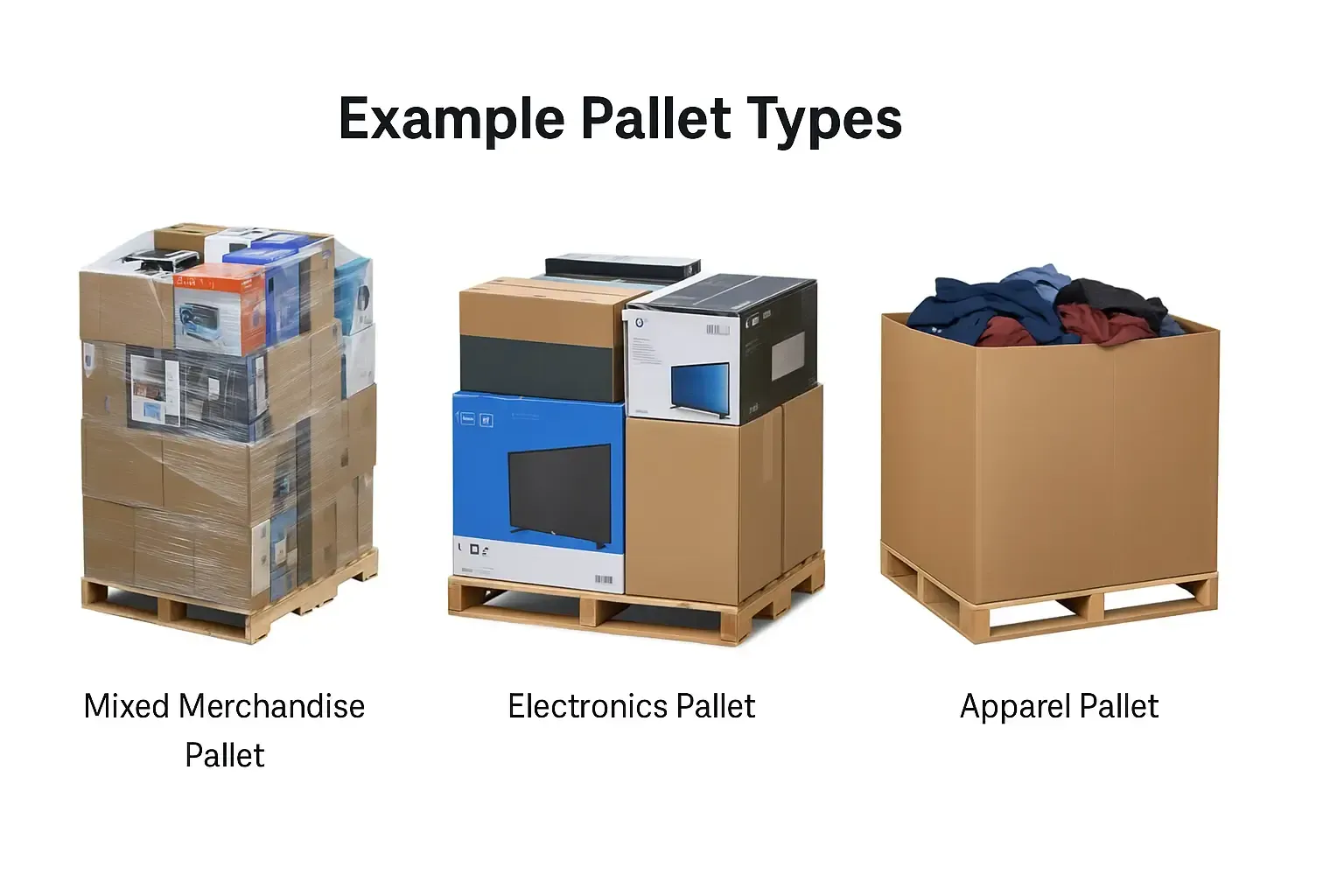
What are Amazon Liquidation Pallets/Lots?
These are essentially bulk assortments of products—typically customer returns, overstock, or items with minor damage—sold as a single unit or "lot." Their contents can be incredibly diverse, encompassing everything from high-value electronics to apparel, home goods, and general merchandise. Each pallet is unique, offering a treasure hunt for those willing to sort and process.
Why Buy Amazon Liquidation Pallets?
The core appeal of liquidation pallets lies in their potential for significant profit margins.
- Low Cost of Entry: Acquiring inventory at a fraction of its retail value substantially lowers the initial investment required, making it accessible for new or growing businesses.
- Robust Profit Margins: While highly variable, a 30-40% profit margin per sale is a common and achievable goal. Individual items, especially if they can be refurbished or repaired, can resell for a 30% to 300% markup over their cost within the pallet.
- Consistent Inventory Supply: The immense scale of e-commerce ensures a steady stream of liquidation inventory. The overall e-commerce industry-wide return rate averaged 16.9% in 2024, which, even with Amazon performing better at 5-15%, still translates into a massive, consistent supply for the liquidation market (Source: Shopify, National Retail Federation, 2025 data).
- Sustainability Contribution: Engaging in this market allows you to participate in the circular economy, giving products a second life and reducing waste.
Where to Buy Amazon Liquidation Pallets
Accessing these opportunities requires navigating reputable and established channels.
- Directly from Amazon's Authorized Partners:
- Amazon Liquidation Auctions (powered by B-Stock): This is one of the primary official channels where Amazon directly liquidates its own excess and returned inventory through online auctions.
- B-Stock: As a broader business-to-business (B2B) marketplace, B-Stock connects buyers with a wide range of excess inventory directly from major retailers, including Amazon.
- Other Reputable Liquidation Marketplaces/Companies: Several other platforms specialize in bulk inventory sales and have established reputations:
- Direct Liquidation, BULQ, Liquidation.com, 888Lots, BlueLots, UpLiquidation, and Via Trading are well-known names in the U.S. market, offering various product categories and buying options.
The Process of Buying and Reselling Liquidation Pallets
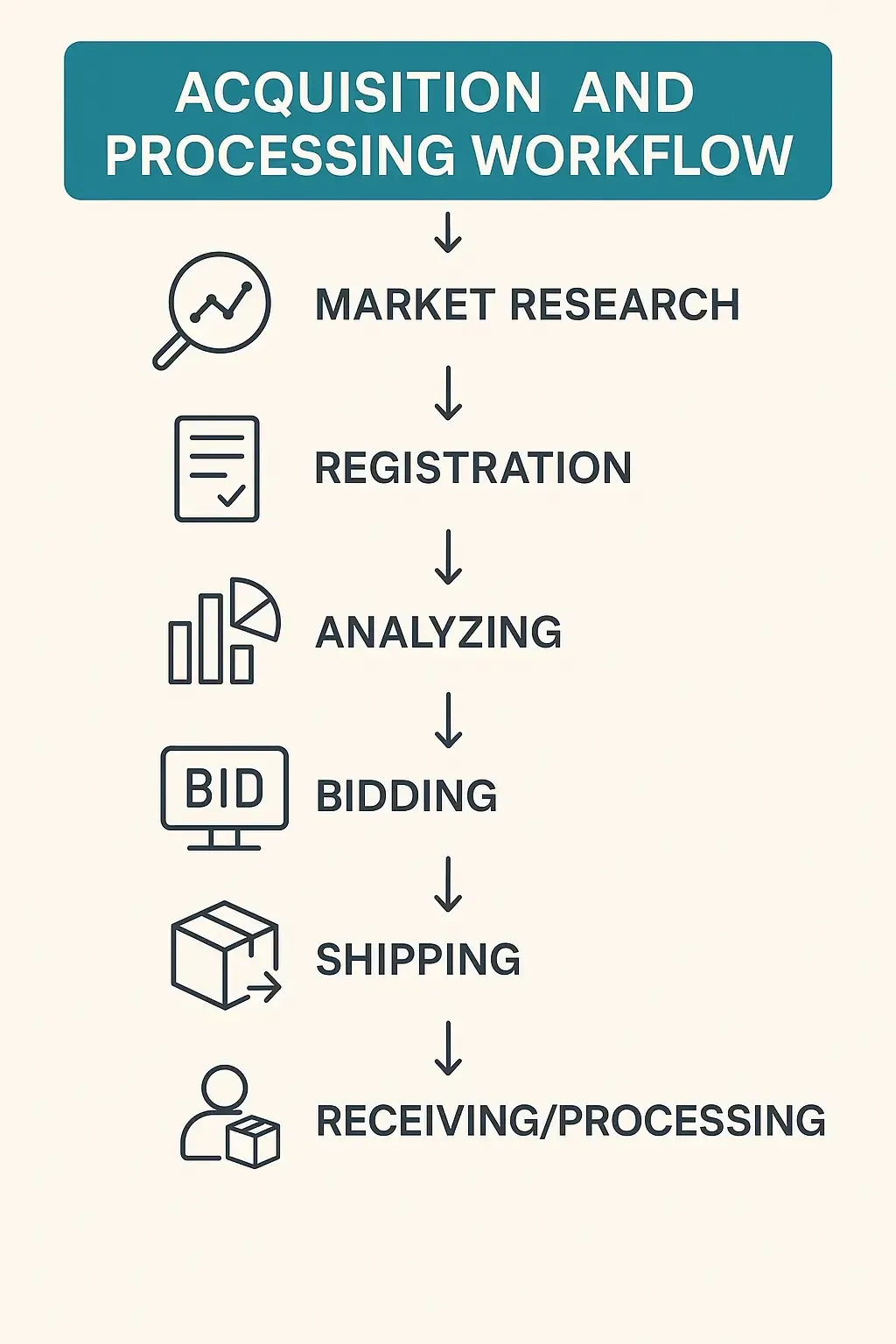
A systematic and informed strategy is crucial for success in this domain.
- Thorough Market Research: Before making any purchases, invest time in understanding current market trends, demand for specific product types, and the resale value of various items. Critically, research and identify reputable liquidation companies by checking reviews and testimonials to ensure transparency and reliability.
- Formal Registration: Create accounts on your chosen liquidation websites. A crucial step here for U.S. buyers is obtaining a resale certificate (or seller's permit) from your state. This allows you to purchase inventory without paying sales tax, which is essential for maximizing your profit margins.
- Analyzing Available Pallets: This is arguably the most critical step. Meticulously review the description for each pallet, examining any available photos and, most importantly, the manifest. The manifest is a detailed list of included items, their estimated retail values, and their reported condition (e.g., "new," "like new," "customer return," "damaged"). Evaluate the total cost, factoring in the bid price, shipping fees (which can be substantial for pallets), and any handling charges.
- Bidding Strategically: Set a strict budget for each pallet. A common guideline is to cap your maximum bid at 20-40% of the listed estimated retail value of the pallet's contents. This provides a buffer for potential losses from unsellable items. Avoid the temptation of emotional bidding wars that can quickly erode your potential profits.
- Arranging Shipping: Given the size and weight of pallets, coordinating freight shipping is necessary. You will need to consider whether you have a loading dock or if you'll require a liftgate service for delivery to a residential or standard commercial address. Factor these costs into your overall budget.
- Receiving and Processing Inventory: Upon receiving your pallet, immediately begin a thorough inspection of each item. Sort the products meticulously into categories:
- Resellable as-is: Items in excellent condition that require no further work.
- Repairable/Refurbishable: Items that need minor repairs, cleaning, or missing components to increase their value.
- Parts only: Items too damaged to resell but useful for spare parts.
- Unsellable/Dispose: Items with no viable use or value. Cleaning, minor repairs, and effective repackaging can significantly enhance the value and marketability of your items. Consider bundling complementary items to create more attractive offers.
Key Strategies for Reselling Success:
- Diverse Sales Channels: Select the most appropriate platforms for your inventory. eBay is excellent for mixed-condition goods, especially electronics and open-box items, due to its established buyer base and robust condition rating system. For larger or bulkier items where shipping is costly, Facebook Marketplace and Craigslist allow for local pickup, eliminating shipping expenses. For new or expertly refurbished products, consider listing them on Amazon FBA itself (with caution on used items) or specialized e-commerce sites.
- Competitive Pricing: Always price your items competitively, basing your decision on the item's condition, current market demand, and the original retail value.
- High-Quality Presentation: Professional product photography and detailed, accurate descriptions are non-negotiable. Clearly state the condition of each item to manage buyer expectations.
- Leverage Technology: Consider utilizing specialized software for inventory management, bulk listing, and repricing to streamline your operations and maximize efficiency.
Inherent Risks and Challenges for Resellers:
While profitable, the liquidation business is not without its hurdles.
- Unpredictable Quality: This is the most significant risk. A percentage of items within any pallet may be non-functional, excessively damaged, or missing crucial components, making them unsellable.
- Hidden Costs: Beyond the initial pallet price, factor in all additional expenses: shipping, potential repair costs, cleaning supplies, and the time invested in processing the inventory.
- Inconsistent Product Quality: The contents and condition of pallets can vary dramatically from one purchase to the next, even from the same source.
- "All Sales Are Final": The vast majority of liquidation purchases are non-returnable, meaning you assume all risks once the purchase is made.
- Increased Competition: The growing awareness of liquidation opportunities means more individuals and businesses are entering this market, intensifying competition for valuable pallets.
- Platform Restrictions: Be mindful of specific platform rules regarding the sale of used, untested, or "as-is" liquidation items, especially on larger marketplaces like Amazon.
Latest Trends and the Future Trajectory of Amazon Liquidation
The landscape of Amazon liquidation is continually evolving, shaped by broader e-commerce trends, shifts in consumer behavior, and advancements in technology. Staying informed about these developments is vital for both sellers seeking to offload inventory and buyers looking for opportunities.
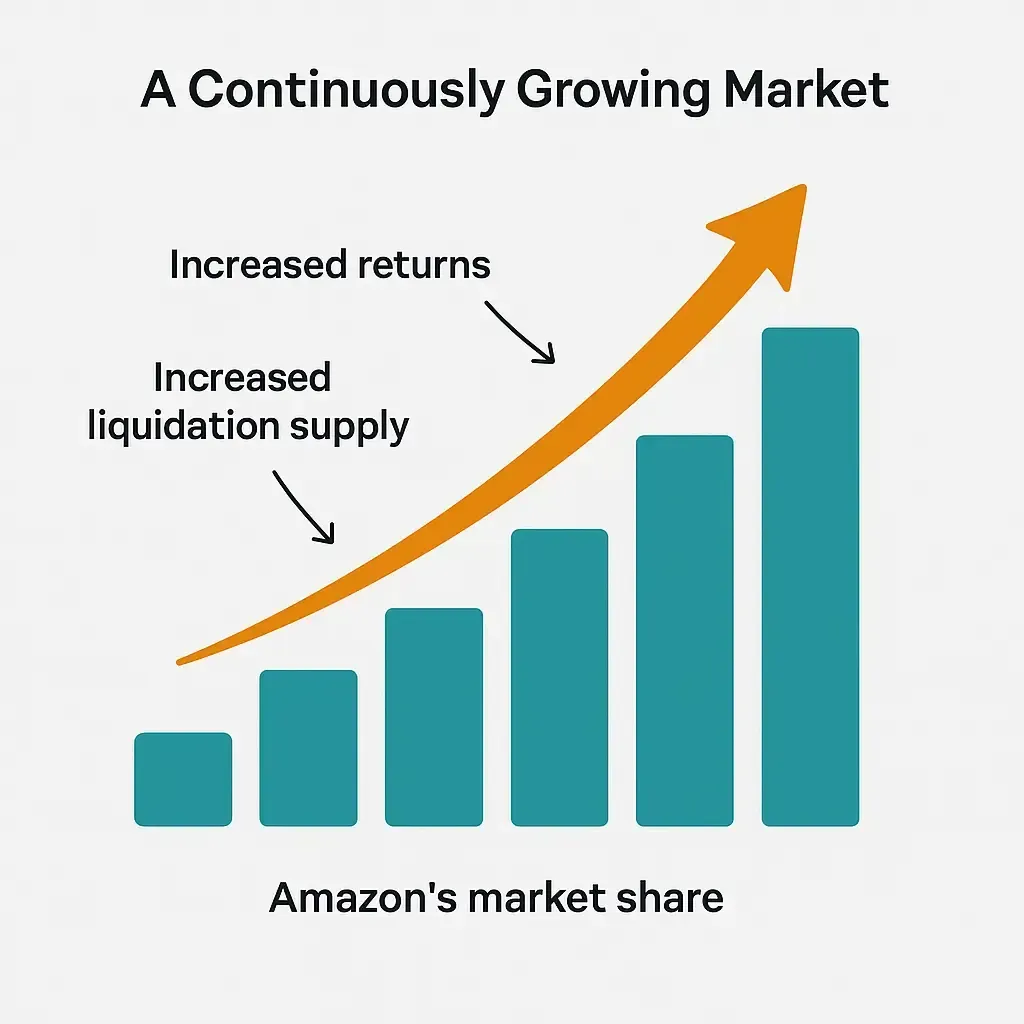
A Continuously Growing Market
The relentless expansion of e-commerce, particularly Amazon's dominant market share, ensures a consistent and substantial supply for the liquidation sector. Amazon is projected to account for 40.4% of total U.S. retail e-commerce sales in 2025, reaching an estimated $491.65 billion this year (Source: eMarketer, 2025 data). This massive volume of sales inevitably generates a proportional volume of returns and excess inventory that must be liquidated. Furthermore, the growing U.S. Amazon Prime membership base, estimated at around 196 million in Q1 2025 (Source: CIRP, March 2025 data), contributes to this high transaction volume, thereby sustaining the liquidation supply.
Sustainability as a Key Driver

There's a pronounced global shift towards more sustainable business practices. Consumers and corporations are increasingly focusing on reducing waste and promoting circular commerce—the idea of keeping resources in use for as long as possible. In this context, liquidation plays a critical role in reverse logistics, providing a mechanism to repurpose and resell products that might otherwise end up in landfills. This aligns with broader corporate social responsibility initiatives and appeals to environmentally conscious buyers.
Technological Advancements
Innovation continues to refine the liquidation process:
- Improved Platforms: Online liquidation marketplaces are becoming more sophisticated, offering enhanced filtering options, more detailed manifests, and sometimes even visual aids like video tours of pallets.
- Data Analytics and AI: Advanced data analytics and artificial intelligence are increasingly being used to better predict the contents and estimated resale value of liquidation lots. This provides buyers with more transparent information, helping them make more informed purchasing decisions and potentially reducing risk.
Increased Market Competition
As the profitability and viability of the liquidation resale model become more widely recognized, the market has seen a surge of new participants. This intensified competition means that savvy buyers must be more strategic in their bidding, refine their processing techniques, and develop highly effective sales and marketing strategies to stand out.
Amazon's Strategic Adaptations
Amazon itself continuously refines its policies, which can have ripple effects on liquidation volumes and dynamics. For example, the introduction of new return processing fees (effective June 2024) for certain product categories might influence customer return behaviors, potentially altering the quantity of goods entering the liquidation pipeline. Concurrently, Amazon continues to encourage and incentivize sellers to optimize their inventory management, aiming to reduce the very need for liquidation in the first place through programs like the FBA New Selection, which offers waived liquidation fees for certain new-to-FBA ASINs (Source: Amazon Seller Central, 2024 FBA New Selection Program Changes).
Navigating the Liquidation Landscape with Fast Track Liquidation
In the dynamic and ever-evolving world of e-commerce, Amazon liquidation stands as a vital bridge. For the Amazon seller, it offers a pragmatic solution for mitigating losses on unfulfillable inventory, recouping capital, and maintaining efficient stock levels without incurring punitive storage fees. For the discerning entrepreneur, it unlocks access to diverse product streams at significantly reduced costs, providing a fertile ground for launching or scaling a profitable resale business.
While the liquidation market inherently carries its share of risks—from unpredictable product quality to the need for astute market analysis—a comprehensive understanding of "how Amazon liquidation works" is invaluable. It equips you with the knowledge to make informed decisions, whether you're a seller looking to optimize your inventory exit strategy or a reseller aiming to capitalize on a consistent supply of discounted goods.
In this competitive landscape, having a reliable partner can make all the difference. For those seeking efficiency and expertise in navigating the complexities of acquiring liquidated inventory, companies like Fast Track Liquidation stand out. They embody the streamlined approach necessary to quickly process and move inventory, connecting sellers with ready buyers and ensuring that the process of turning excess into opportunity is as smooth and profitable as possible. By leveraging such specialized services, both sellers and resellers can unlock the full potential of Amazon liquidation, transforming what could be a liability into a significant asset within the e-commerce ecosystem.

